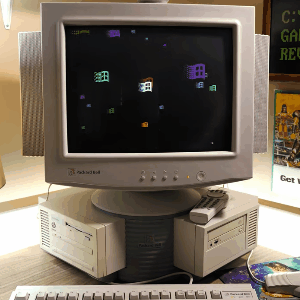#digitalgraveyard
Explore tagged Tumblr posts
Text
Have you saved your work yet? Do it now!!!
How to preserve your work before the Internet eats it

0 notes
Photo

#inlovingmemoryofmemory #digitalgraveyard #memorycemetery
0 notes